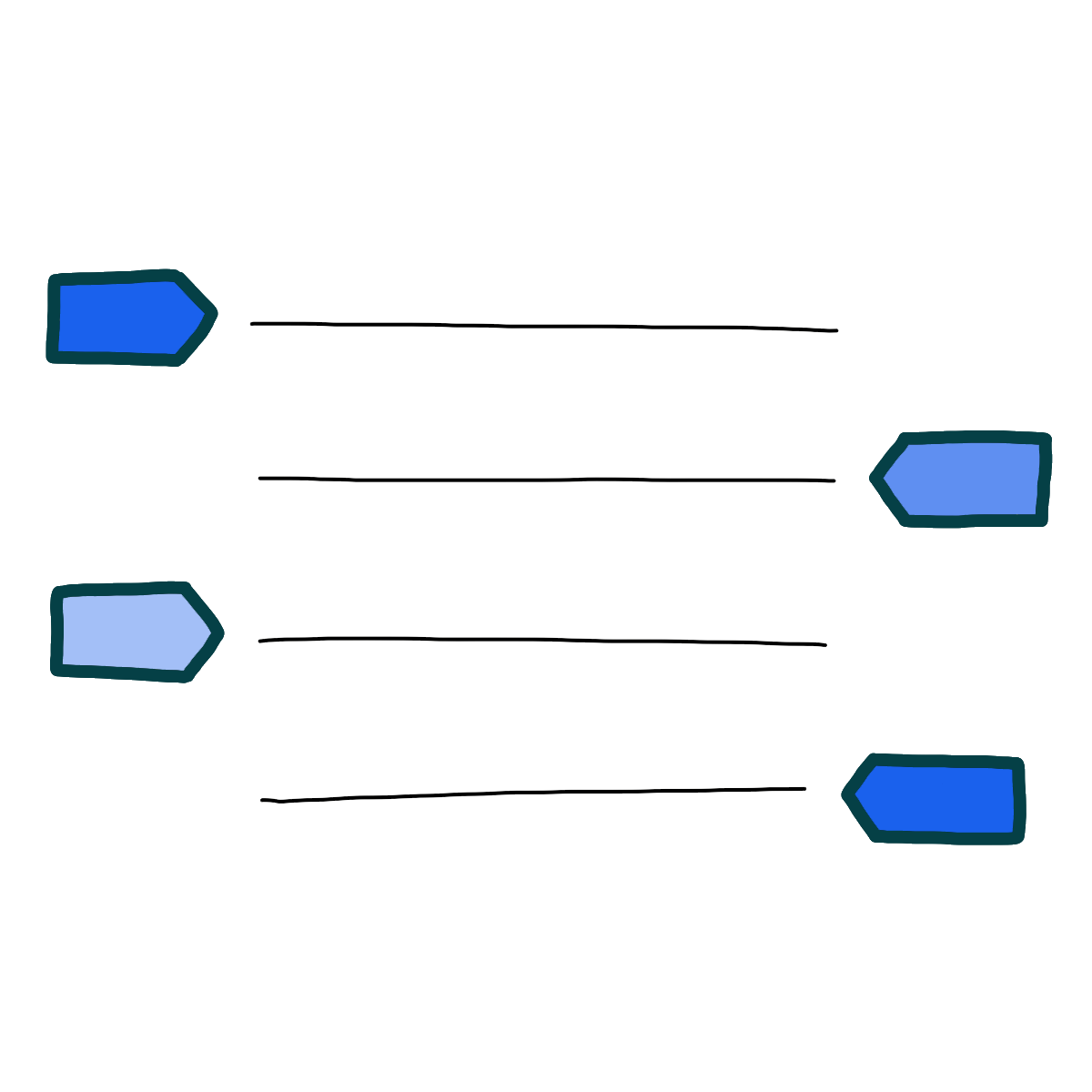Wharton’s writing style in “The Other Two” is characterized by a combination of simple, restrained dialogue between characters and evocative, descriptive language from the narrator. This combination is Wharton’s way of highlighting how her upper-class characters behave in very controlled, formal ways with each other—in accordance with the etiquette required in their social circle—while secretly having full emotional reactions that they keep inside.
Take the following passage, for example, which comes as Waythorn greets Haskett in his own home and assures him that his daughter Lily is in good health:
“Thank you, Mr. Waythorn, it’s been an anxious time for me.”
“Ah, well, that’s past. Soon she’ll be able to go to you.” Waythorn nodded and passed out.
In his own room he flung himself down with a groan. He hated the womanish sensibility which made him suffer so acutely from the grotesque chances of life.
This passage begins with very simple words exchanged between the two men—“Thank you,” “it’s been an anxious time,” “well, that’s past,” and so on. Then, once Waythorn is alone, the narrator is able to channel his actual thoughts and feelings, using richer and more emotional phrasings like, “he flung himself,” “womanish sensibility,” “suffer so acutely,” and “the grotesque chances of life.” Here, Wharton changes her style in order to communicate how effectively Waythorn is holding back in conversation with Haskett (and, in other scenes, with Alice and Varick).





